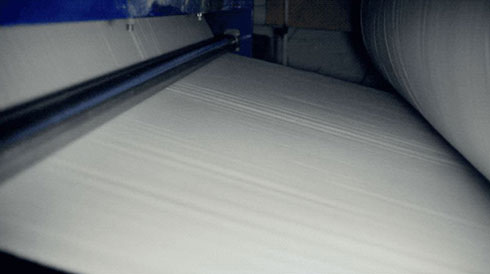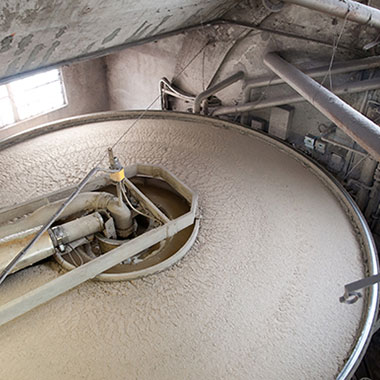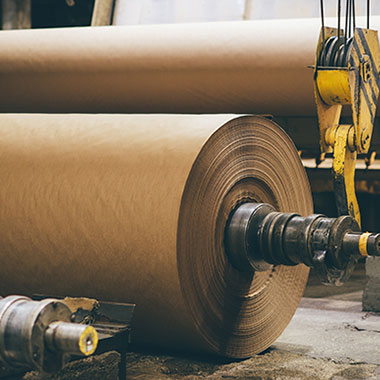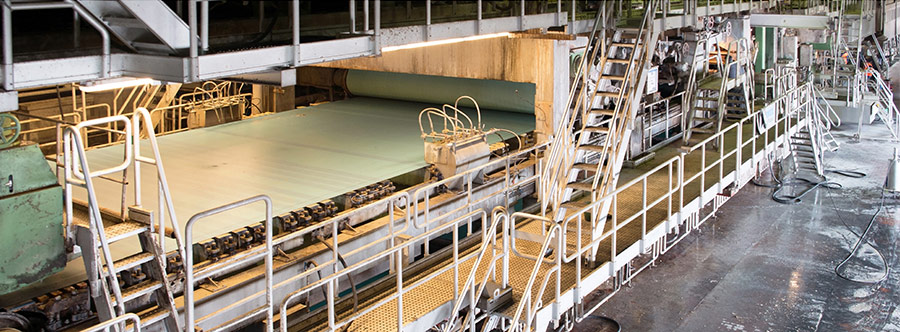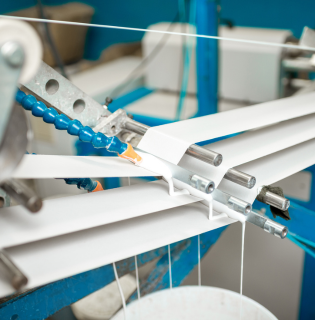Resolve Loss Before it Erodes Your Bottom Line
Production losses are profit losses.
● Manufacturing yield loss
● Wasted raw materials
● Overuse of costly steam, hot water and chemicals
Changes in product loss levels are early warnings to larger issues and mechanical breakdowns.
Resolve Loss Before it Erodes Your Bottom Line
No single operational or water management solution works for all manufacturers, however pulp and paper mills that lead the way in efficiency leverage real-time monitoring to catch manufacturing issues before they become costly. These plants recognize that the strategy of dumping chemicals into the wastewater system is not an effective solution—not only because it wastes costly resources but also because it doesn’t actually identify manufacturing problems until it’s too late to address them.
Real-time monitoring enables manufacturers to catch changes to water quality parameters that impact:
● de-inking and pulping
● ASA sizing
● pH and temperature
Timing is key to recovering or avoiding the loss of product during the manufacturing process to address:
● rosin quality
● misdosing of chemicals
● sheet formation
As a wide range of chemicals are utilized along with wood fibers in the papermaking stock to impart or enhance specific sheet properties, a variety of parameters must be monitored to achieve process optimization. Even though modern papermaking systems have a high degree of “closure” to reduce the volume of effluent, losses of these costly chemicals and fibers can still be significant.
Product loss can be detected as it occurs, however, by measuring whitewater composition with accurate, real-time monitoring of the first pass retention, pH and temperature in the headbox and primary whitewater loop. Effective management of raw wood, recycled content, and wet-end additives can greatly improve the quality of the finished product (appearance and strength) and limit the volume of overflow to the saveall to recover as much fiber as possible.
Using real-time measurement and control can minimize production costs associated with assuring fine-particle retention, adding sizing, and smoothly operating the paper machine.
Loss Avoidance
With timely and accurate water quality monitoring for solids management and nutrient optimization, plant managers at pulp and paper mills can avoid pulp yield loss and improve their manufacturing performance through process optimization.
Solids Management
Solids management optimizes both the save all operation on the paper machine water loop, to maximize resource utilization, and the sludge dehydration process, to either improve its BTU as boiler fuel or minimize the cost of its transportation and disposal.
Hach® solids management solutions include:
● Detect escaping pulp and fibers not bound to paper with TSS measurement
● Automatically add the optimal chemical dose to address solids with a Solitax sensor
Nutrient Optimization
Nutrient optimization improves efficiency of biological treatment by limiting the cost of nutrients added in the biological reactor.
Hach nutrient management solutions include:
● Measure carbon and additives, bleaching compounds, other chemicals; identify nitrogen and phosphorus content for water reuse or treatment with a Biotector®
● Monitor ammonia levels and regulate nutrient dosing in waste treatment with an AMTAX analyzer
● Monitor phosphorus levels and regulate nutrient dosing with a PHOSPHAX analyzer
● Monitor nitrogen levels and regulate nutrient dosing in process and waste treatment with a NITRATAX sensor
● Monitor organic load reagant-free with UVAS sensor
● Monitor dissolved oxygen levels virtually maintenance free with an LDO sensor
Staggering Results
Managers are often in the dark without timely data that would enable their organization to make proactive decisions with regards to process optimization. Instead, legacy practices leave managers feeling reactive, as if they will never have a chance to get ahead of problems before they become costly losses.
Before Automation
Many pulp and paper mills operate with data that doesn’t paint the full picture: periodic grab samples can provide a snapshot of parameters including solids and nutrients, however they can’t accurately illustrate how conditions change over time.
These legacy management practices yield good results, but they’re hard to maintain, and can suddenly turn to losses when mishaps occur due to insufficient insight into the contamination or mitigation possible as new practices are deployed
After Automation
Automated water management with real-time data can be a game-changer with nearly unlimited potential to enhance every facet of production: operational efficiency, cost control, product output, safety of human health and the environment—not to mention the opportunities afforded in discovering and resolving issues that may have been concealed for years behind lagging data.
Better still, everyone in the organization wins by collaborating to implement solutions that maximize production efficiencies—and yield loss calculation in manufacturing is the first step to that beneficial outcome.
Benefits
Measurement is the best way to improve pulp yield and minimize production losses, resulting in more sellable product and the ability to capture potentially millions of dollars of revenue that would otherwise have been lost.
Organizations interested in implementing, or in the process of implementing, lean manufacturing practices recognize that timely data is fundamental to efficient management decisions during periods of smooth operation as well as crisis situations.
Collecting baseline data is useful for overcoming process upsets, quality problems and to locate and deal with causes of variability, such as influent fluctuation due to natural disasters or other acute incidents.




